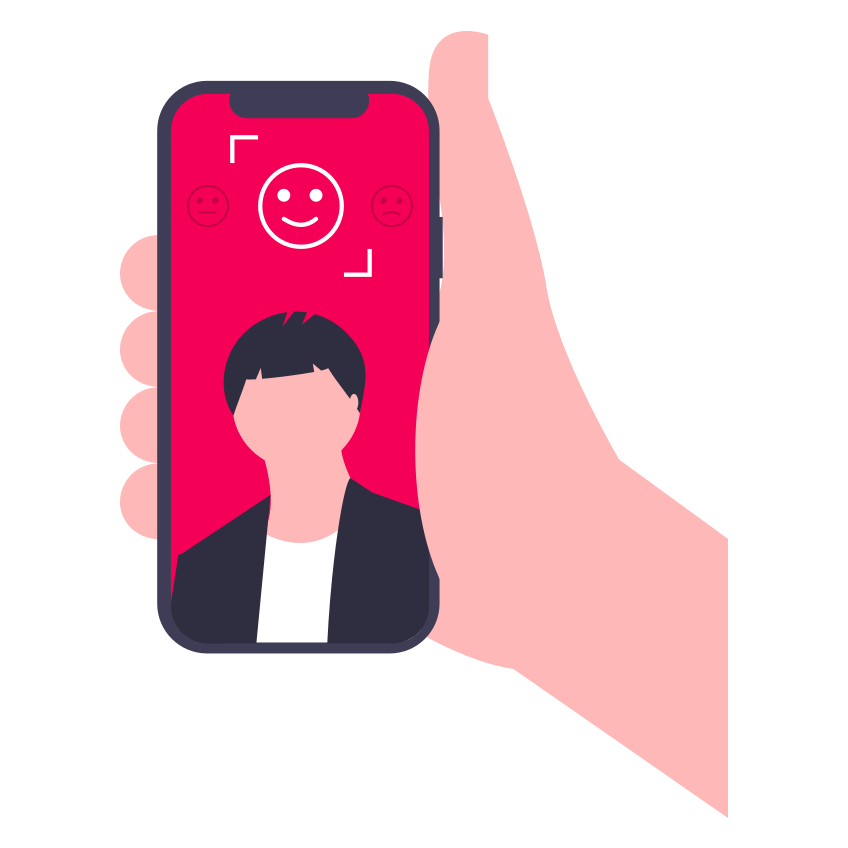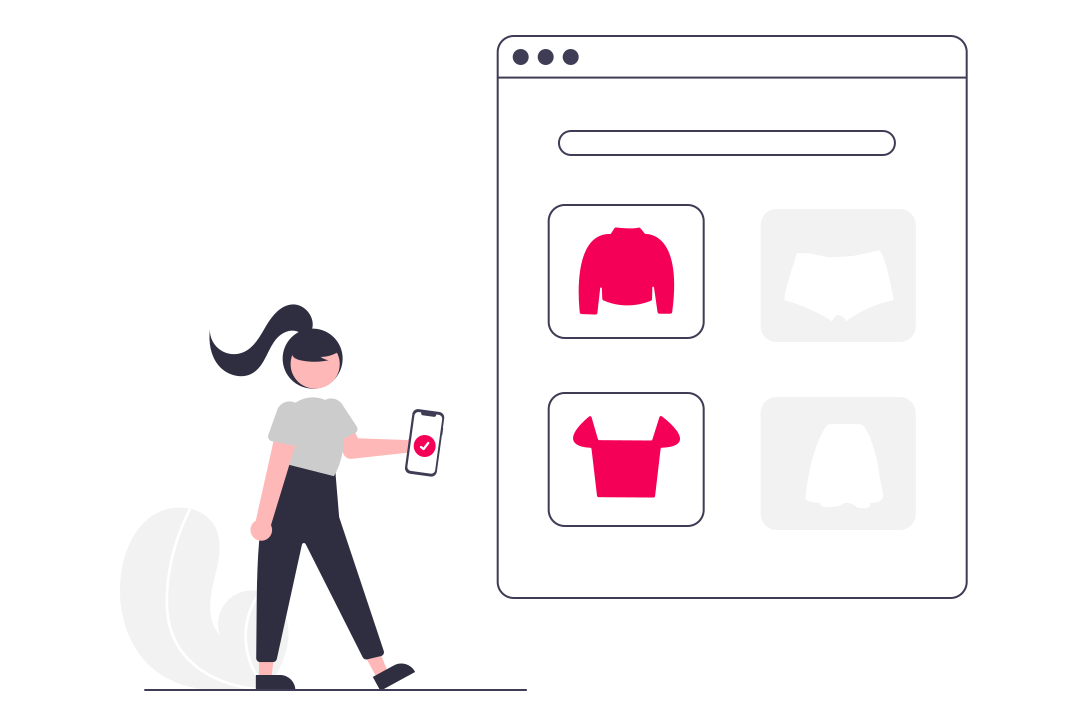User experience (UX) relates to how a person feels when interacting with a digital system. With the integration of technology in our everyday lives, this branch of human-computer interaction has boomed. User experience is now at the heart of every app, new voice assistant and fitness band one uses. This column is dedicated to exploring the design aspect of UX which borrows principles from cognitive sciences. We will be looking at how certain social media platforms have used these principles to create addictive app features and intuitive design elements that have now become a staple in our lives.
Facebook’s golden child, Instagram, is easily the one the most popular social media platforms amongst GenZ. While more individuals aged 18-29 own a Facebook account in comparison to Instagram (86% vs 67%) the average time spent by a user on Instagram is almost double than the time they spend on Facebook. To understand what makes this picture and video sharing platform so popular, let’s study cognitive biases implemented in their design and app features.
1. Picture Superiority Effect
As intuitive as this may sound, this cognitive bias has been studied by many cognitive scientists to show us that people are more likely to remember pictures rather than words. The foundation upon which this effect has been identified can be traced back to psychologist Allan Paivio’s theory on “dual-coding”.

Paivio postulated that the human mind takes in new information through visual (analogue code system) and/or verbal coding (symbolic code system) and the same applies for retrieval of old information. Paivio then tested this hypothesis and noted that participants in his studies both absorbed and recalled visually coded information much faster than verbally coded information.
Paivio then went on to study this hypothesis and observed that the analogue (visual imagery) information code system displayed salience in comparison to the symbolic (word-based) code system when participants in his study had to both absorb new information and exercise information retrieval.
Paivio went on to explain that under the premise of the two channels of code (analogue and symbolic) we show a preference for the visual system as it is easier for the human brain to process and recreate a mental image of an object or theory rather than recalling the words associated with the related subject.
Instagram is one of the earliest photo-sharing apps that capitalized on this picture-first principle.
As the next couple of biases will discuss, the design and social elements of the platform established its popularity, with this effect at the heart of the app’s design.
2. Von Restorff Effect
When multiple similar objects are placed together and there is one object that differs from the rest, this is the object most likely to be remembered. Named after German psychiatrist and paediatrician Hedwig Von Restroff, she studied this cognitive bias that affects our perception and showed that even with an increase in the number of similar objects, the dissimilar one caught people’s attention with little to no difference in reaction time.

Instagram uses this effect in the design of its feed, where everything surrounding a post on the user’s feed, is stylised minimally in contrast to the vivid posts you scroll through.
3. Ikea Effect

A corollary of the endowment effect, the “IKEA effect” states that people place a higher value on things they have assembled themselves. In a series of experiments conducted by Norton, Mochon and Airley, this effect that was previously identified but not termed in the fields of psychotherapy and marketing was given the name the “IKEA effect” when the study conducted by these three cognitive psychologists repeatedly observed that 63% of participants were willing to pay a lot more for IKEA furniture they assembled themselves in contrast to pre-assembled furniture.
Instagram uses this effect with the inclusion of filters, and photo-editing options that allow their users to post photos with a greater personalised touch.
This is what draws them to the appeal of photo/video sharing on Instagram where the “work” a user has put into their photo has a numerical value that is reflected in the number of likes they received and followers they gain.
4. Authority Bias + Bandwagon Effect

The authority bias states that we place greater value on the opinions/sayings of people we perceive as superior to us. The bandwagon effect – as an extension of the authority bias – explains our tendency to follow the behaviour, beliefs and style of what everyone else seems to follow.
Instagram gave rise to a new model of entrepreneurship – the Instagram influencer. An individual with a large following is given the status of a verified account. The follower count and verified symbol are visual design elements that subconsciously induce people to want to follow a trend adopted by an influencer. The more people are susceptible to the authority bias and follow trends set out by influencers on Instagram, the greater homogeneity you can see on their screen. This is a representation of the bandwagon effect where a user is implicitly coerced to follow a trend as everyone else around them seems to dress in the same style, eat at the same cafes, buy the same slimming tea etc…
5. Frequency Illusion
This cognitive bias refers to when after noticing something for the first time, you seem to notice it more frequently everywhere else. In the age of the internet, this is best visualised with targeted advertising. Not surprisingly, the platform that excels at using cookies to create targeted ad campaigns is Instagram.

Over 83% of Instagram users say that they discover new products and services from the platform.
The reason why Instagram is successful at matching a user with a product they like is through both its use of cookies as well as minimal, image (product) first design. Cookies, or rather the default “accept” option you ignore when opening a website, send your browsing data to third-party platforms such as Instagram. This allows Instagram to connect your personal account to their google searches and as a result, users are shown ads of new products related to a past google search. By flooding your feed with photos of the latest models of clothing, shoes, or a range of digital services, it’s impossible not to feel like you’re being chased by the ghost of an innocent past google search.

Leave a Reply